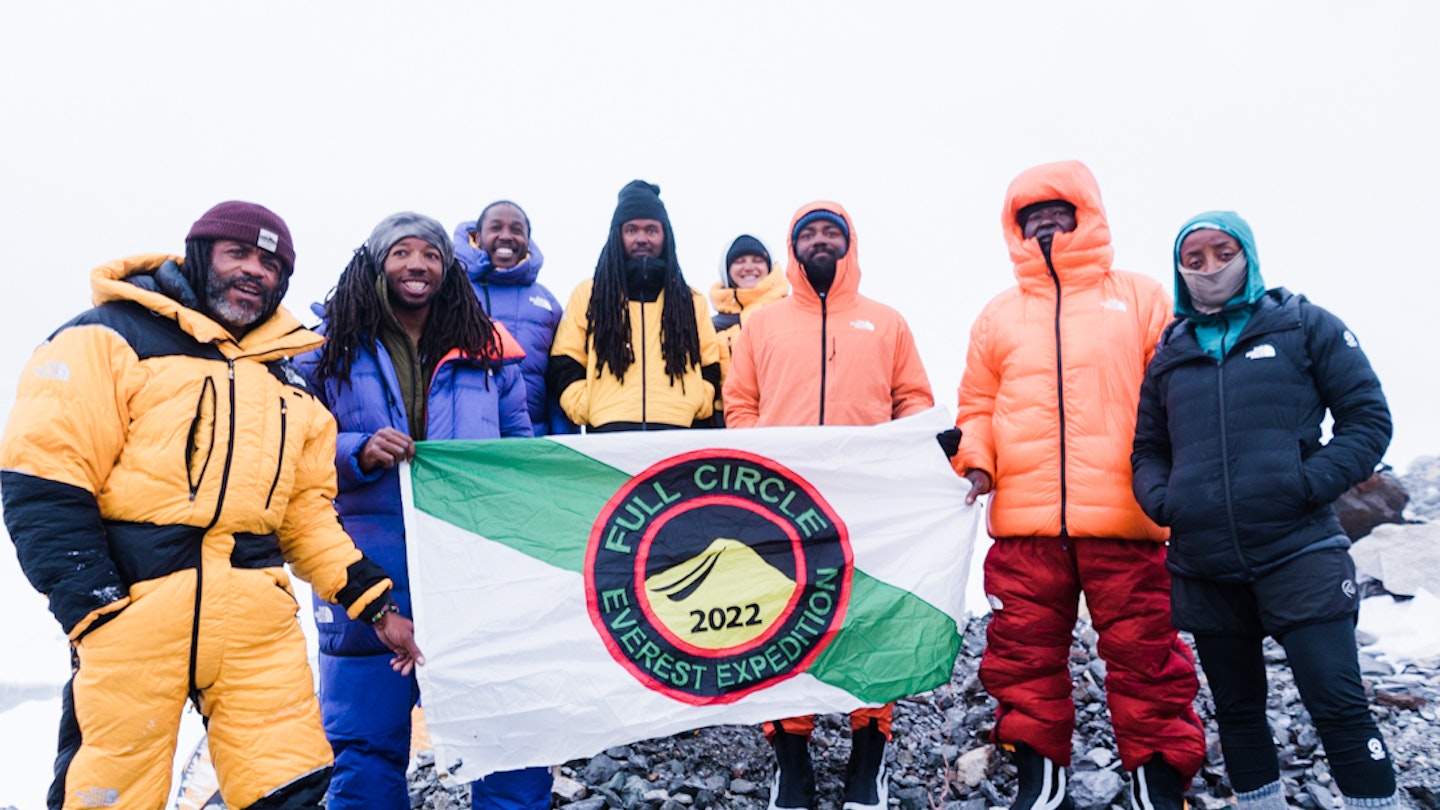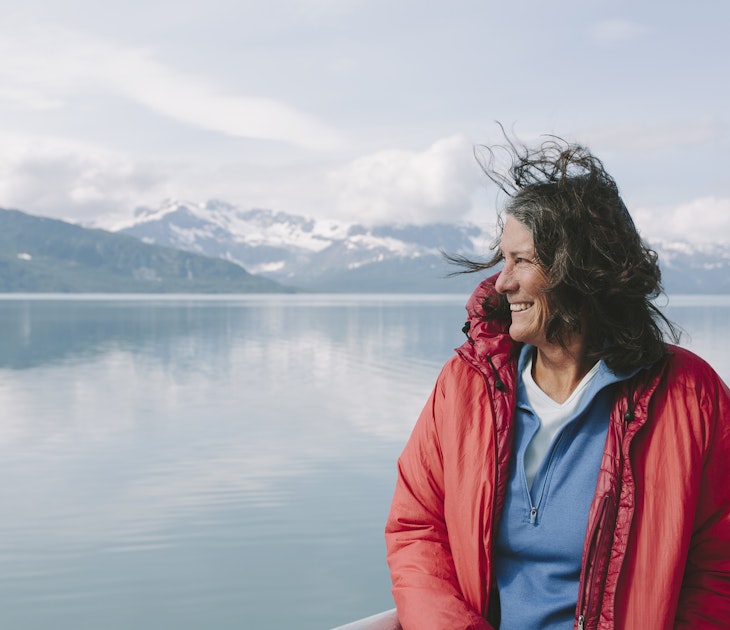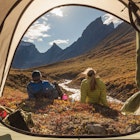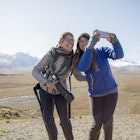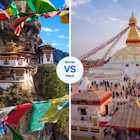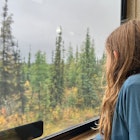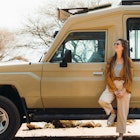In early April, the Full Circle Everest team arrived in Nepal to begin their ascent of Mt Everest, and some five weeks later, they reached the top, becoming the first all-Black expedition to summit the world's tallest peak – and nearly doubling the number of Black climbers ever to do so.
Everest has been summited more than 10,000 times, but only a handful of those climbers have been Black – and of those, only one an American. Now the Full Circle Everest crew has changed those stats for good. “I am deeply honored to report that seven members of the Full Circle Everest team reached the summit on May 12," expedition leader Philip Henderson said in a statement. "While a few members, including myself, did not summit, all members of the climb and Sherpa teams have safely returned to Base Camp where we will celebrate this historic moment!”

Seven members of the team successfully reached the top: North Face–sponsored pro climber Manoah Ainuu; Eddie Taylor, a high school chemistry teacher and track-and-field coach in Colorado; Rosemary Saal, an outdoor educator in Tucson; Kenyan climber James “KG” Kagambi, owner of KG Mountain Expeditions and the first Black African to summit Denali in 1989; Desmond “Dom” Mullins, a sociologist and an Iraq War veteran from New York; Thomas Moore, an entrepreneur from Georgia; and Evan Green, a photographer and outdoors "all-arounder" based in Albuquerque.
Additional Full Circle team members include base-camp tech Adina Scott, North Face ambassador Fred Campbell and Fort Lauderdale climbing-gym owner Abby Dione.
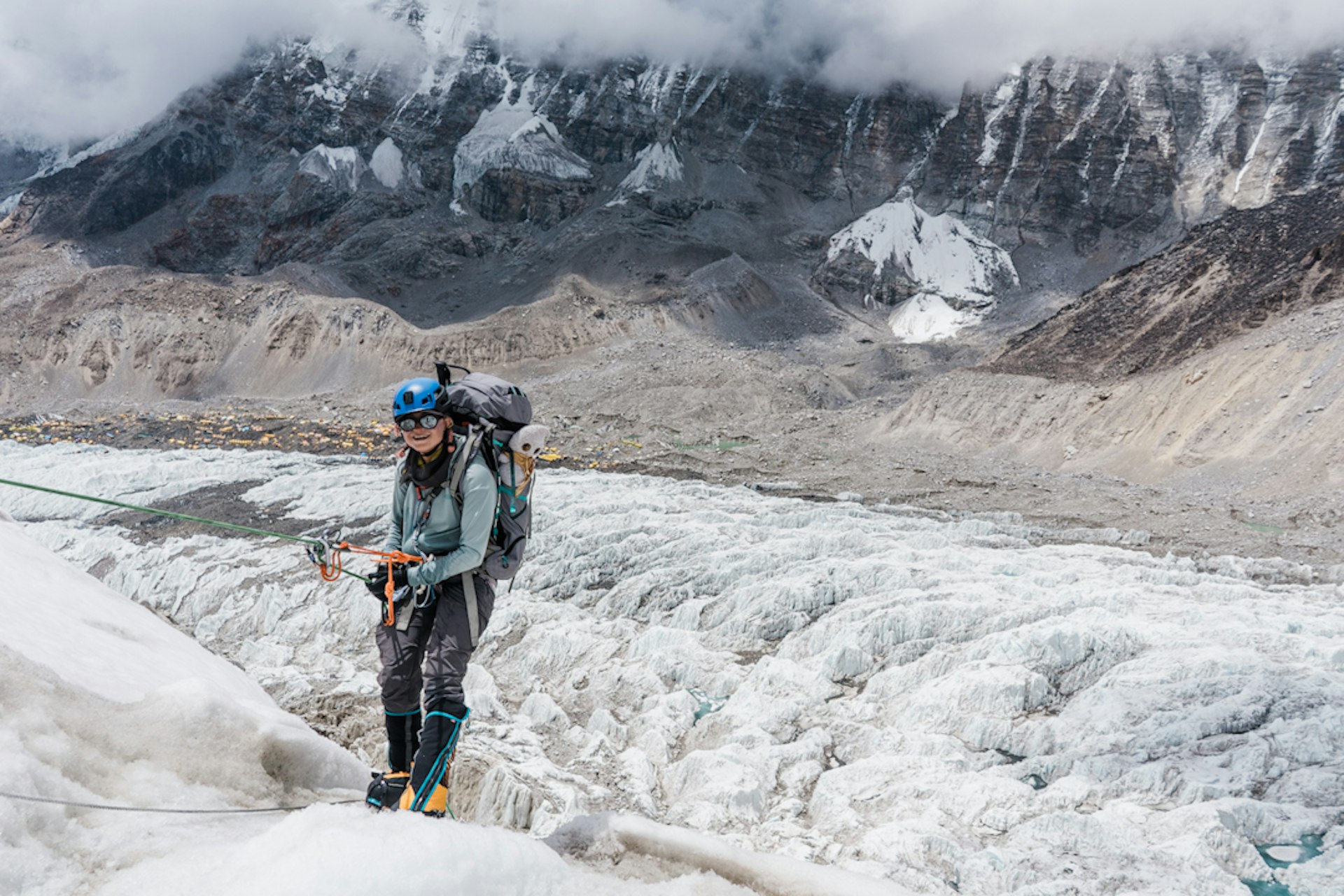
The group successfully increased the number of climbers of color on the mountain, but that wasn't their only aim – they were also looking to break down barriers within Black communities, and set an example for generations to come.
"This is a huge accomplishment, just for each of us on our team, for the Full Circle team, for our Sherpa team, for all of the support that we had,” Saal added to NBC's Today show after the climb. “And now we’re able to take this experience and take it back to our communities and tell the stories, share what we’ve learned of this beautiful place and culture and hopefully inspire a future generation of outdoor enthusiast."
The group comes from different corners of the globe, but there’s a clear consensus among its members on the importance of setting an example for others to follow. “It’s hard to be what you can’t see,” Moore told Colorado's Gazette. “And so for other people of color to see something like this, that’s huge.”
“We don't have a lot of role models that look like us,” Taylor added to his native Minnesota’s KARE 11. “If we can show that the team can be successful, it can reach not only climbers, but kids in school who can see people who look like me doing this.”
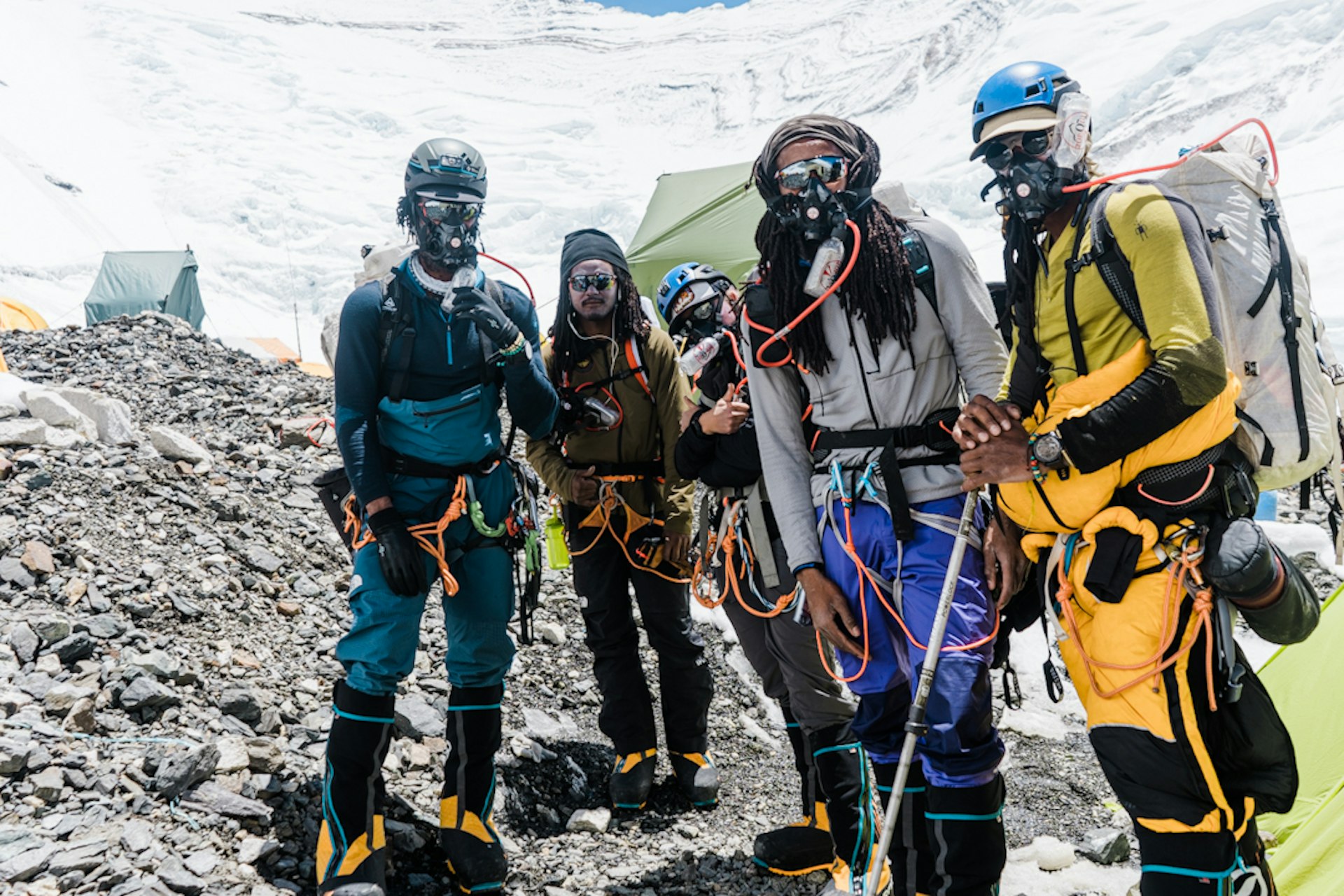
In addition to successfully reaching the top – and providing much-needed visibility for other climbers of color – Full Circle Everest prioritized respect for “the Himalayan landscape and the Sherpa people who steward the lands in the Khumbu region,” according to the organization’s GoFundMe page, in hopes of “[strengthening] the connection between that community and ours, while learning from and reciprocating their hospitality.”
To that end, the team made sure its Sherpa counterparts were paid a respectable wage – more than they usually make, per CNN – in recognition of their valuable mountaineering expertise, and also paid tribute publicly after the successful trek.
"Every year, Sherpa climbing guides help hundreds of mountaineers up Everest," the group said in a statement. "The Full Circle Everest team was supported by the following Sherpa and could not have made this historic climb without [them]: Pasang Nima Sherpa, Lhakpa Sonam Sherpa, Phurtemba Sherpa, Dawa Chhiri Sherpa, Sonam Gaylje Sherpa, Nima Nuru Sherpa, Chopal Sherpa, Chawang Lhendup Sherpa, Tasha Gyalje Sherpa, Amrit Ale [and] Pemba Sherpa and Nawang Tenji Sherpa, [both camera crew]."
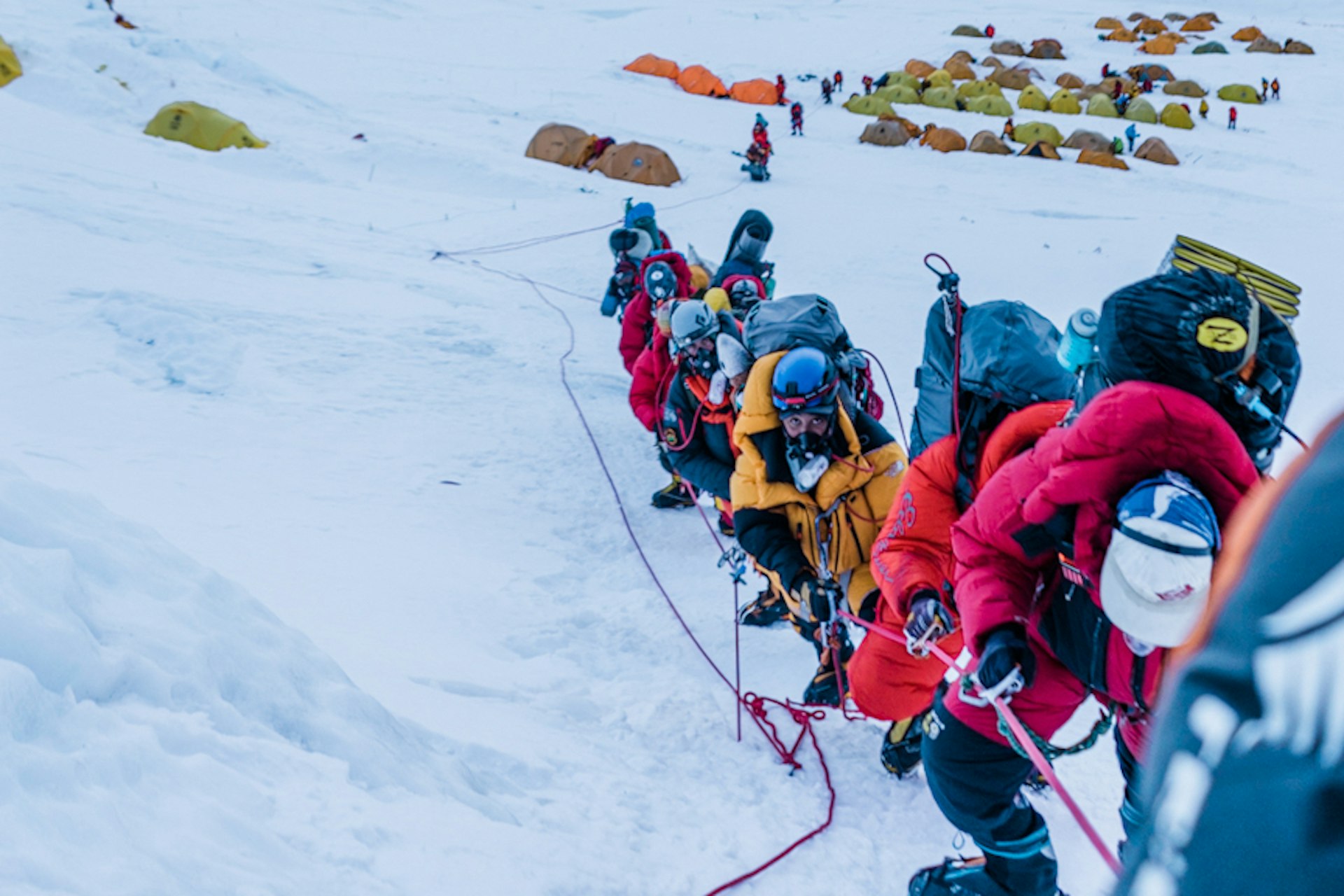
For Henderson, fostering connections between the two communities was one of the driving factors behind the expedition. "I’ve had a relationship with people in Nepal in the Sherpa community, and I’ve helped train a lot of them in their in their craft of working as high altitude workers," he told Today. "And I just wanted to really share my love and my community with the Sherpa people within the community that I have at home, as well."
“De-colonizing” Everest climbs was also an important facet of the team’s mission, Dione told CNN. “Our goal here is to help folks aspire to have a profound and respectful relationship with the outdoors and feel not entitled to it, but welcome to it. If you see it can be done, you can do it right.”
Expedition leader Philip Henderson told NBC News last fall that he "really recognized back in the early '90s that there was a lack of representation in the outdoors. There’s so few of us. We should be bringing everything that we've learned and [experienced] and come full circle and…reach and pull someone forward.”

A California native with decades of experience on the outdoor scene, both as a climber and as an educator at the nonprofit National Outdoor Leadership School in Wyoming, Henderson summited Denali in 2013 – only second Black person to do so – and led an all-Black team up Mt Kilimanjaro in 2018. “There is representation of black people in mountaineering, climbing and the overall outdoor industry,” he wrote on Instagram, “but our stories are not being told.”
In many ways, Henderson “actively provides…mentorship just by existing,” Saal explained to the Gazette. “The fact he is a dark-skinned Black man having worked in this industry before diversity and equity and inclusion were buzzwords, having to swim upstream in so many ways to do what he loves to do.”
“Philip is a natural leader,” Larry Berger told the Red Bulletin of his colleague and friend. “[He] inspires people because he believes in making a positive difference in the world. That’s just who he is. I can’t imagine anyone else leading this expedition.”
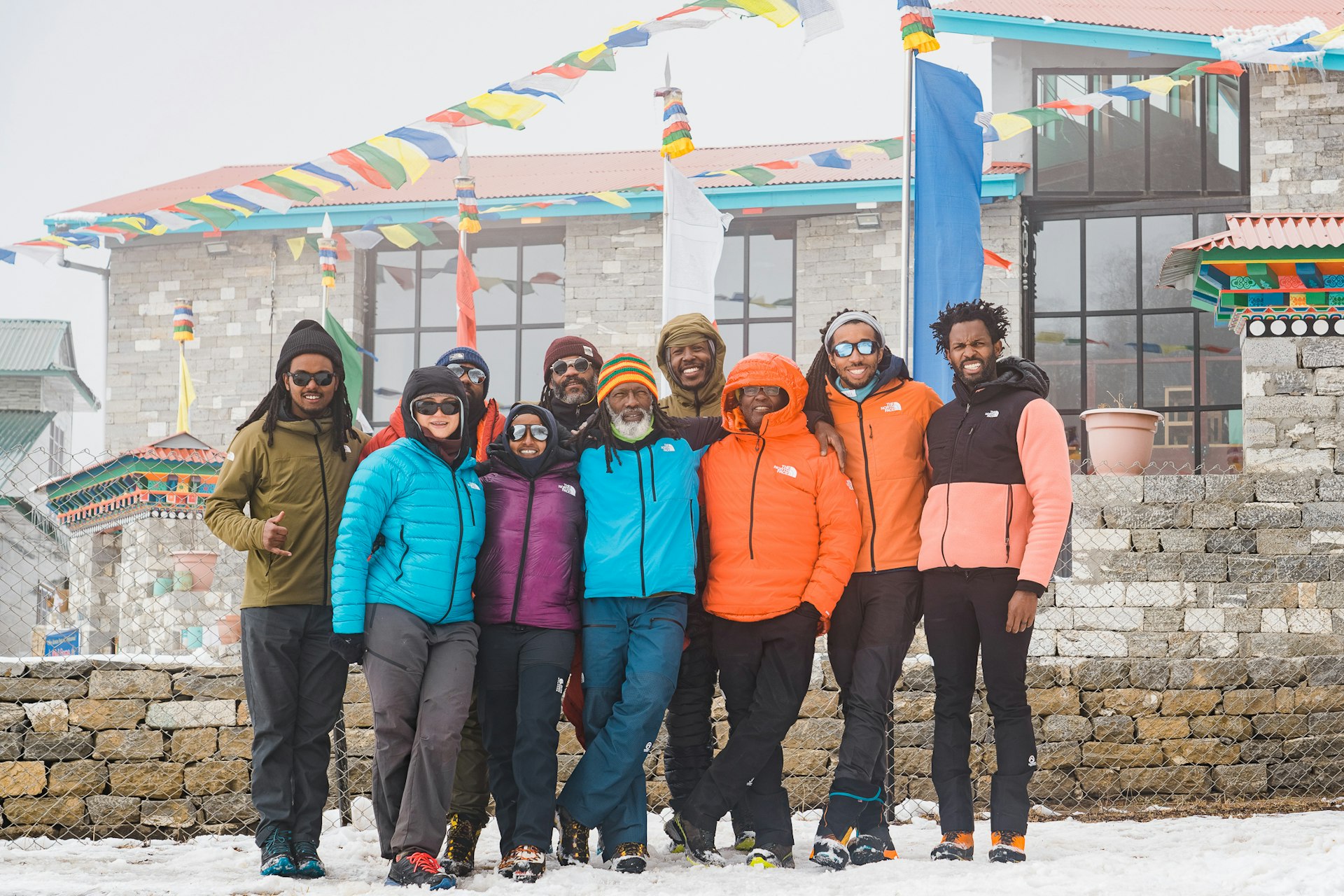
Overall, the public response to the mission has been overwhelmingly positive. Little more than a month after the launch of its GoFundMe, Full Circle hit its first milestone, and as of press time, it had raised $184,692 of its $200,000 goal. “Certainly what inspires me is all the people out there who are supporting us,” Mullins told NBC News.
And indeed, whether or not his team made it to the top of Everest, Henderson saw the long-term value in the expedition. “Do I want to see someone on our team summit, damn right I do!” he told the Red Bulletin. “But this expedition is not just about the summit. It’s about sharing a dream with a community that has been held back, and sometimes held themselves back.”
“Our expedition is about showing that Black people do climb, Black people do camp, Black people do ski!” Saal added. “It’s about building community, about building relationships, most importantly about changing the narrative about Black people and the outdoors.”

